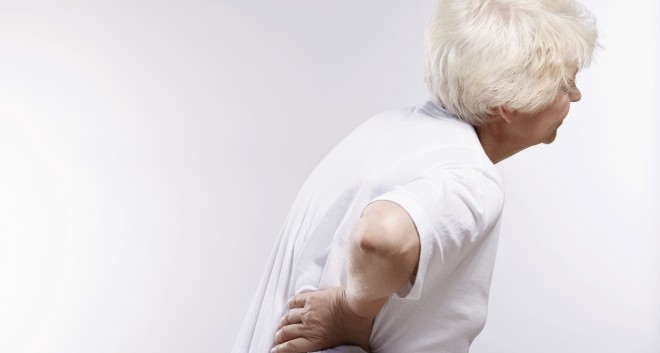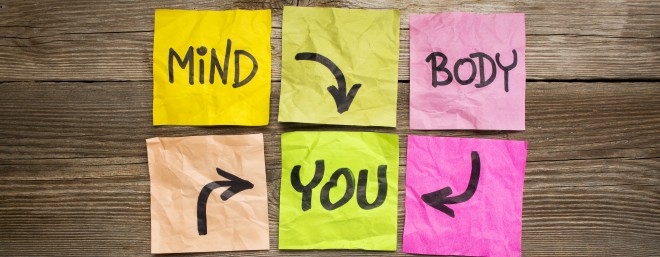![]()
Spring is on its way!
Last month the team to a well deserved break and spent the day at Clifford Health Spa. It was lovely for us all to get a chance to relax and have some lovely treatments of our own!
As a clinic we would like to congratulate Jo and her partner Matt on their recent engagement! Jo will no longer be working Saturdays but instead work a full day on Thursdays.
The team planned a surprise party for Andrea to celebrate her retirement and career as a chiropractor. We thoroughly enjoyed it and it was great to have so many of Andrea's chiropractic collegeues together. Due to Andrea's retirement, the other chiropractors have come together to make sure there is always someone here for you. Therefore, Sophie will now work 8am-7pm on a Tuesday and Erin will now work till 6pm on a Thursday.
Erin is currently in Malaysia with her family celebrating Chinese New Year. We all hope she is having a lovely time.
Alex and Sophie attended the Royal College of Chiropractors Annual Winter Conference in London. It was great to connect with other chiropractors and learn more about this years topic, patient safety. They both brought back loads of information and ideas to ensure your visit is the safest and most enjoyable it can be.

The Meaning of Clicking Joints
Many people cringe at the sound of knuckles, elbows and other joints cracking. The debate surrounding whether this common cracking could cause joint problems has recently been settled. It has been confirmed that the popping sound is a result of an unwanted vacuum within the synovial fluid that lubricates the joints, locking the joints together. When the joints are adjusted, the vacuum draws in a small air bubble and the noise is this air bubble being rapidly drawn in by the vacuum. The release of the vacuum by the air bubble allows the joint to move more freely.
This phenomenon is known as joint cavitation. Once the bubble is present, the joint will not crack again until all the air has been reabsorbed and a new vacuum is created. This targeted approach reduces the likelihood of unintended cracking. In other words, cracking the joints in a controlled manner relieves stiffness and enhances the stability of neighbouring joints.
It is important to note that there are other cracking noises and sensations that may require attention. Snapping and cracking noises can be a symptom of osteoarthritis, which occurs naturally with ageing or as a result of trauma or joint diseases. In these cases, the breakdown of cartilage in the joint leads to painful friction and crunching noises during movement.
On the other hand, snapping noises and sensations are also caused by the movement of muscles or tendons across bones. This typically happens when a tendon is slightly loose and is most commonly experienced in the hip, knee, ankle, wrist, and shoulder. If left untreated, this condition can potentially lead to bursitis, which is the inflammation of the fluid-filled sac that allows muscles to move smoothly over bones.
Understanding the reasons behind joint cracking and the potential consequences of certain cracking noises can help individuals make informed decisions about their joint health.

Pelvic dysfunction is not life threatening – but it can be life limiting!
Many patients who suffer from knee, back or shoulder pain for example can attribute these issues to a pelvic dysfunction. While pelvic dysfunction is not life threatening it can be life limiting so find out how you can make small changes that may make a large difference. If you’re suffering from regular pain and think you might have a misaligned pelvis, it’s important for patients to visit a chiropractor.
Pelvic dysfunction often happen as a result of everyday awkward movements over time such as lifting heavy loads without care and sitting at a desk with bad posture as well as during pregnancy and childbirth or from injury.
The pelvis acts as a transmitter of forces between the legs and the spine. Many important muscle groups attach to the pelvis, the thigh muscles from below and the muscles of the trunk from above. If the pelvic joints (sacroiliac joints and pubic symphysis) are not moving correctly this can cause an imbalance resulting in pain in many different places. It could be looked at as a core stabilizer, supporting the spine, legs and wide range of muscles, so when the pelvis is not working properly (hip is tilted out of position) it can cause pain, weakness and tightness that can travel through the hip and pelvis up into the shoulders and neck, it also commonly can cause referred pain down into the legs.
There are three distinct areas that may be affected as a result of Pelvic Dysfunction these include the hips, which can become achy, painful and inflamed, the lower back which due to impairment of stability and function of (hyperextension) of the muscles in the abdomen and lower back which can cause spinal joint (facet joint) injuries and finally, the knee and ankle which can be put under a lot of strain if weight is shifted to one side to compensate for the pelvic dysfunction.
You can do a simple test at home to help you look for obvious signs of pelvic dysfunction: stand barefoot in front of a mirror with your back straight but relaxed. Imagine a vertical line going straight down the middle of your body and a second line near your shoulders that is perfectly perpendicular to the first line. If your hips are out of alignment, your pelvis will appear diagonal rather than parallel to the second line meaning you have a lateral pelvic tilt. This could be a sign of pelvic dysfunction.

Cortisol
Cortisol is the body’s main stress hormone and is well-known for triggering the “fight or flight” response in our bodies when we are stressed. However, cortisol is also responsible for regulating a wide range of processes throughout the body.
What is cortisol?
Cortisol is a steroid hormone produced in the adrenal glands, which is then released into the blood and transported around the body.
What does cortisol do?
Almost all our cells contain receptors for cortisol, meaning it plays an important role in several things your body does. For example, cortisol:
- Manages how your body uses proteins, carbohydrates, and fats
- Regulates blood pressure
- Increases blood sugar
- Keeps inflammation down
- Controls your sleep/wake cycle
- Boosts energy
The short-term release of cortisol can give your body energy to fight or flee from a stressor, but it is possible for our cortisol levels to become unbalanced.
Too much stress
Usually, cortisol levels balance when the stress your body was reacting to passes. However, when cortisol levels are too high for too long, the hormone can have a negative impact on your body.
There are some health issues associated with high levels of cortisol over a prolonged period, including:
- Weight gain
- High blood pressure
- Insomnia or difficulty sleeping
- Mood irregularities
In women, this can impact periods causing them to become irregular, less frequent or stop altogether.
Cortisol levels have also been linked to conditions like anxiety or depression.
Managing cortisol levels
There are some lifestyle habits that can help you to manage cortisol levels.
- Sleep
Getting the right amount of sleep can be an effective way to reduce cortisol levels. Several things can be done to optimise your sleep, such as limiting caffeine intake, avoiding nicotine or alcohol, and implementing a regular sleep schedule.
- Exercise
Exercise can increase or decrease cortisol, depending on the intensity. Intense exercise can increase cortisol levels afterwards, which will decrease a few hours later.
However, regular exercise can also help with managing stress and promoting good health, which may help lower cortisol levels.
- Eating a nutritious diet
When trying to lower cortisol levels, it is important to eat a healthy and balanced diet, paying attention to sugar intake. Fruits, vegetables, healthy fats, and even dark chocolate are thought to be helpful for managing cortisol.
Similarly, it is important to ear on a regularly because low blood sugar can increase cortisol.
- Staying hydrated
Dehydration has been linked to temporary increases in cortisol levels, meaning it is important to drink enough water throughout the day.
- Breathe
Deep breathing is a simple and effective way to reduce stress. It can stimulate the parasympathetic nervous system, which is associated with relaxation and lower cortisol levels. Meditation or yoga are just two examples of ways to practice deep breathing.



